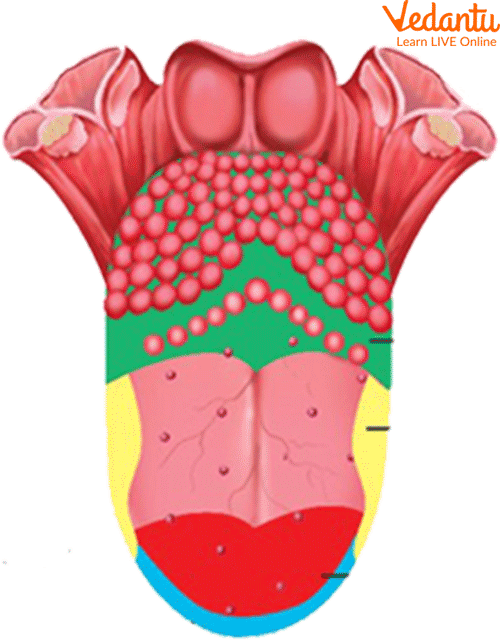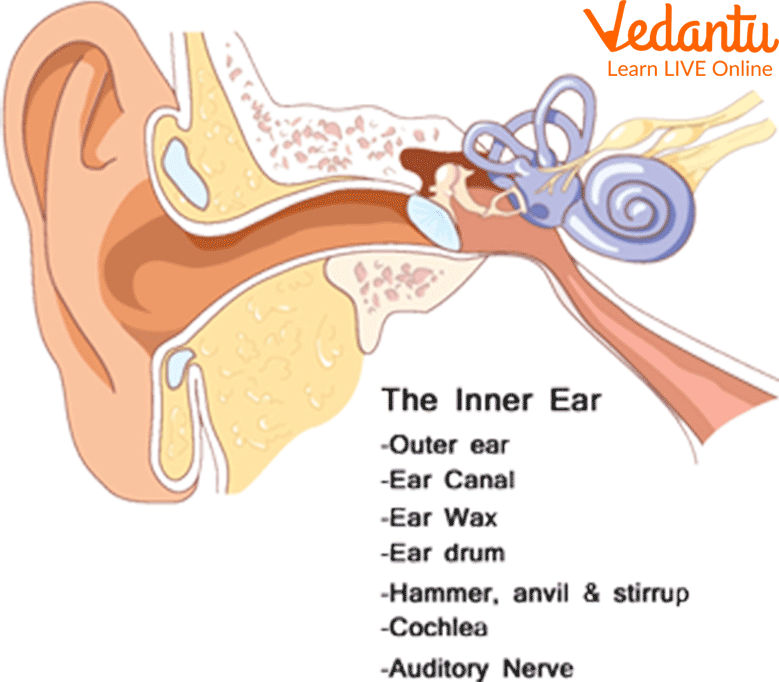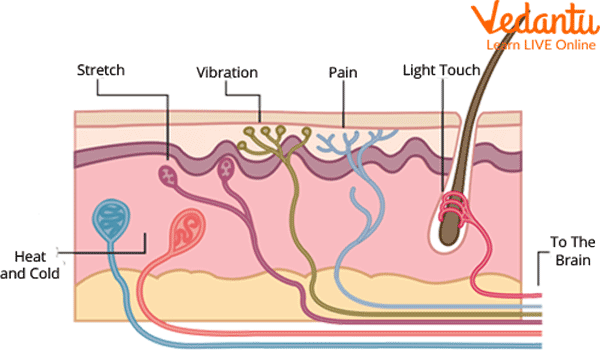




Why Are Sense Organs Important in Our Daily Life?
Sense organs are those parts of the body that can detect a certain type of stimulus or change in the environment and the information is sent into our brain.
The sense organs allow us to get a sense of the environment we are in. The nerves take up the information from the environment and make us perceive it. These organs allow us to interact with our environment very efficiently.
Sense Organs
We have in total 5 sense organs, i.e. eyes, ears, tongue, nose, and skin. These organs detect various different stimuli which are light, sound, taste, smell, and touch.
Five Sense Organs
Eyes
When we look at beautiful scenery like a mountain, a waterfall, or maybe a flower garden. How do we really differentiate between all these beautiful sceneries?
The eyes are a very important sense organ that allows us to see our environment. The eyes are sensitive to light and the environment sends the images to our brain.
The light is captured from the environment and that information is received by the brain and we can sense the brightness, color, and distance of the object. The light travels via the cornea and lens. The image is formed on the retina. The sensory cells are present in the retina that receive the image and send the information to the brain. Therefore, we can distinguish between all these different images.

Eye
Tongue
The tongue is a key sense organ that allows us to taste the flavors in our food because of the taste buds. These taste buds on the tongue can sense different tastes.
As we chew our food certain chemicals are released in our mouth that get mixed with saliva and reach the taste receptors on our tongue.
The different flavors and tastes are sweet, bitter, sour and salty. The way the tongue allows us to enjoy a tasty meal by letting us understand the flavors, similarly, it also warns us when we put something rotten and not suitable for use in our mouth and thus we spit it out because of that underwhelming taste.

The Taste Buds on the Tongue
Ears
Ears are the auditory sense organs and let us perceive sounds. We perceive sounds as vibrations and the vibrations in the air are captured by the ears.
The outer ear receives the vibrations and it travels through a narrow canal and vibrates the eardrum which moves three tiny bones present in the inner ear and that is attached to the auditory nerve which sends signals to the brain and that is how we detect different sounds. The ear also helps us in balancing our bodies while moving.

The Various Parts of the Ear
Nose
The nose is the sense organ that works alongside the tongue to give us the best sense of flavors in our food. It helps us to perceive all different kinds of smells and that can be detected by the olfactory receptors which are minute hair-like outgrowths in the nose. We also breathe through the nose.
There are certain receptors that can detect the type of smell the air has which we inhale and the brain identifies it. Our sense of smell allows us to judge between good and rotten food.
The nose has hair inside it as it helps in the filtration of air by capturing all the dust and microbes that can cause irritation in our body and also germs that can be harmful to us.

Smelling Using the Nose
Skin
The skin is the largest sense organ of our body. It can detect the sense of touch and anything that has to be felt by touch. It is a very soft and flexible coverage of the body having hair, nerves, nails, etc. Everybody can sense all sorts of sensations on skin be it temperature, texture, force, or type of substance be it solid or liquid.
The nerves are present on all of the skin surfaces and we can understand exactly where we feel a certain sensation by the message that is transferred to the brain by the nerves. Just like when we suddenly touch a hot pan we immediately get a burning sensation and we know where it has happened.

Different Sensations on the Skin
Summary
We have five sense organs. These are the eye, ear, nose, skin, and tongue. These are used to sense different things according to their function. Some interesting facts about sense organs in animals and humans are:
Snakes do not have external ears. Their inner ears are known to be connected to jawbones. That sense of the vibrations.
People actually blink 15 times per minute on average.
Dogs use the odor of humans to recognize and identify them.
FAQs on Sense Organs: Meaning, Role, and Examples
1. What are sense organs?
Sense organs are the special parts of our body that allow us to perceive and understand the world around us. They contain sensory receptors that detect external stimuli like light, sound, or touch and send this information to the brain. The five main sense organs in the human body are the eyes, ears, nose, tongue, and skin.
2. What are the five sense organs and their primary functions?
The five primary sense organs and their functions, as per the EVS syllabus, are:
Eyes: Help us to see the world, including colours, shapes, and sizes (Sense of Sight).
Ears: Allow us to hear different sounds, like music or someone's voice (Sense of Hearing).
Nose: Helps us to smell various things, from fragrant flowers to delicious food (Sense of Smell).
Tongue: Enables us to taste flavours like sweet, sour, salty, and bitter (Sense of Taste).
Skin: Gives us the ability to feel things, such as texture (rough/smooth) and temperature (hot/cold) (Sense of Touch).
3. Besides smelling, what other important jobs does the nose do?
While the nose is known for detecting smells using its olfactory receptors, it performs two other vital functions. Firstly, it is the primary passage for breathing; we inhale oxygen and exhale carbon dioxide through our nostrils. Secondly, the tiny hairs inside the nose act as a natural filter, trapping dust, germs, and other particles from the air to prevent them from entering our lungs.
4. What different kinds of sensations can our skin feel?
The skin is the largest sense organ and can detect a wide variety of sensations. When we touch an object, nerves in the skin send signals to the brain, allowing us to feel different things like temperature (hot or cold), texture (smooth, rough, or soft), pressure (hard or light touch), and even pain, which warns us of potential harm.
5. How do our sense organs work together when we eat food?
Our senses often collaborate to give us a complete experience. For example, when you eat an orange: your eyes see its bright colour, your skin feels its bumpy texture as you peel it, your nose smells its fresh, citrusy scent, your tongue tastes its sweet and tangy flavour, and your ears might hear a slight squishing sound. All these signals go to the brain, creating the full experience of enjoying an orange.
6. How do our sense organs help protect us from danger?
Sense organs are our body's first line of defence. For example:
Our ears can hear a smoke alarm or an approaching vehicle, warning us to move to safety.
Our nose can smell spoiled food or a gas leak, preventing us from consuming something harmful or alerting us to a hazard.
Our skin feels the extreme heat from a hot pan, causing us to pull our hand away instantly to avoid a burn.
Our eyes help us see obstacles in our path, preventing trips and falls.
7. What happens to the information after our sense organs detect it?
Once a sense organ detects a stimulus (like a bright light or a loud sound), its sensory nerves instantly send this information as an electrical signal to the brain. The brain acts as the body's control centre, processing these signals to understand what is happening. For example, when your tongue tastes sugar, the brain interprets the signal and tells you, 'This is sweet'.
8. Why do people say we have five senses, but sometimes I hear there are more?
This is an excellent question! The five traditional senses (sight, hearing, smell, taste, and touch) are the ones we learn about first because they are our primary ways of interacting with the outside world. However, scientists recognise other internal senses, like the sense of balance (equilibrioception), which helps you stay upright, and the sense of body awareness (proprioception), which tells you where your body parts are without looking. For the EVS syllabus, focusing on the main five is key.









